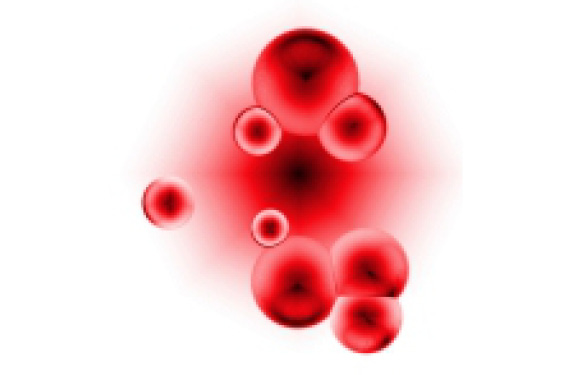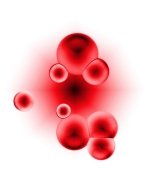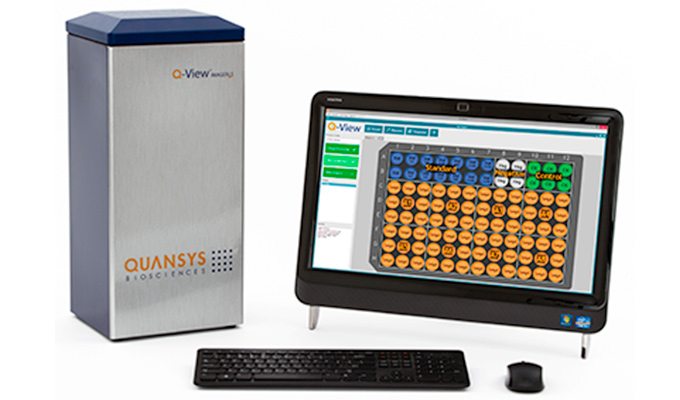Paroxysmal Nocturnal Hemoglobinuria (PNH) is a rare disease, affecting only 1-2 persons per million of the population, meaning that most clinical laboratories do not usually include its detection on a routine basis. The unique Alexa® 488 labeled FLAER reagent allows a convenient but sensitive detection of PNH cells by flow cytometry.
Paroxysmal Nocturnal Hemoglobinuria (PNH) is a stem cell disorder caused by a mutation of a gene involved in the synthesis of the Glycosyl-Phosphatidyl-Inositol (GPI) anchor of a group of surface proteins on circulating cells.
Affected cells are sensitive to complement-mediated haemolysis leading to life-threatening thrombosis, chronic kidney disease, pulmonary hypertension, end organ damage, ischemic bowel disease, hepatic failure, and anaemia. All of these symptoms contribute to a shortened lifespan for patients with PNH.
PNH is a rare disease and most clinical laboratories do not routinely include its detection in their daily activities. Diagnosis of PNH is difficult, as its symptoms are varied and some of the current diagnostic tests can give false negative results in some cases. (1) Flow cytometry has become the gold standard for making the diagnosis, and some recent publications explain the protocol to be followed (2)
However, due to the wide spectrum of symptoms associated with PNH, it is not unusual for months or years to pass before the correct diagnosis is established.
The most effective treatment to date is humanised mAb eculizumab (brand name Soliris), which has been approved both by the FDA and the EMA to treat symptoms of PNH (as well as other pathologies). (3)
FLAER: a new reagent to detect PNH patients
FLAER is an Alexa® 488 labeled variant of aerolysin, a unique protein that binds tightly and specifically to mammalian GPI anchors. PNH cells do not produce the anchor, therefore FLAER will not bind to these cells.
Before FLAER, detection of PNH clones by flow cytometry relied on fluorescently labeled antibodies to GPI-linked proteins such as CD59 and CD55. Unfortunately, these antibodies do not bind with high affinity to their ligands, so that small PNH clones were not detected. Also, they each screen for the absence of a specific protein, rather than loss of the GPI anchor, and therefore there is the risk of false negative results.
Since FLAER binds to the GPI anchor itself, only PNH cells, which lack the anchor, will be negative. And since FLAER binds with high affinity, very small PNH populations can be detected.
To summarise, FLAER advantages are
- Alexa fluor® 488 labelled reagent – stable and strong signal in the FITC channel
- More sensitive than CD59 – detection of small, abnormal granulocyte populations to a level of 0.5%.
- 2 formats for convenience – stabilised liquid or lyophilised
Interested in using this reagent, or have you already tried it?
Leave your comments or questions below!




